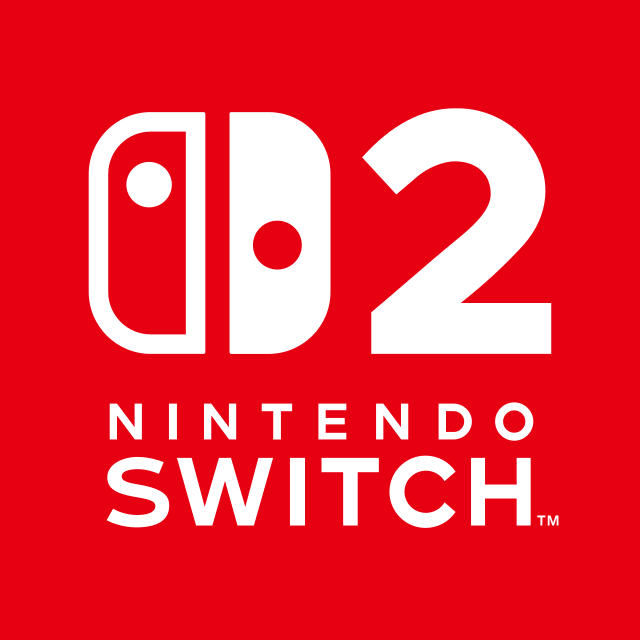Nintendo is ‘actively assessing’ the impact of US tariffs on the Switch 2’s price

Nintendo Rethinks Switch 2 Pricing as New U.S. Tariffs Loom
U.S. Tariffs Cast a Shadow Over Console Launch
As anticipation builds for the upcoming Nintendo Switch 2, the company faces a fresh hurdle: a newly imposed wave of U.S. tariffs. These changes are prompting Nintendo to review its pricing and release strategy, especially in its key North American market.
Nintendo Faces New Trade Barriers
“Doug Bowser, who serves as the President of Nintendo of America, acknowledged that the latest tariffs were not anticipated during the pricing phase. The company is now reassessing its position in response to this shift in the global trade environment.
How Tariffs Could Shake Up the Console Market
The newly announced tariff policy, introduced under the administration of former President Donald Trump, includes a base rate of 10%, with increased duties between 46% and 54% starting April 9. This move directly affects nations such as China, Vietnam, and Cambodia—major players in electronics manufacturing.
Although Nintendo had relocated some production out of China in previous years to avoid earlier tariff rounds, this updated policy now includes those alternative regions. This development complicates efforts to maintain competitive pricing.
North America: A Vital Market for Nintendo
The U.S. and Canada represent over 40% of Nintendo’s worldwide hardware and game sales during peak quarters. Any obstacles in this market could affect global sales and create uncertainty for investors.
Sources suggest Nintendo has paused pre-orders for the Switch 2 in the U.S., although the global launch set for June 5 is still on schedule.
The Price Tag: Will It Rise?
Tariffs might force Nintendo to absorb added costs or pass them to consumers. Either way, the outcome could affect purchasing decisions. Even a small price hike might discourage potential buyers, especially in a crowded market.
The Switch 2 is currently priced at $450, already higher than the original. Game prices are also climbing, with anticipated titles like Mario Kart World expected to cost around $80.
Variable Pricing: Nintendo’s New Strategy?
Doug Bowser explained in another interview that Nintendo is exploring variable pricing for its games. This model considers gameplay depth, features, and production value. However, he didn’t confirm whether all future titles will follow this pricing system.
A Competitive Battlefield
Nintendo has long relied on affordability to stay competitive against gaming giants like Sony and Microsoft. But new tariffs may force the company to alter its long-standing pricing philosophy.
With inflation already impacting consumer habits, a noticeable price jump in consoles or games might prompt many to delay purchases—or switch to more budget-friendly alternatives.
Other Tech Companies Also Affected
Nintendo isn’t the only company feeling the pressure. Major firms like Apple, which manufacture products in China and neighboring regions, are expected to increase prices. Analysts predict iPhones could become significantly more expensive if the tariffs remain unchanged. Apple’s market value has already dipped by around $640 billion in recent weeks.
Unlike Apple’s diversified product line, Nintendo’s success depends heavily on the Switch ecosystem, making it especially vulnerable.
Long-Term Solutions on the Table
To reduce future risks, Nintendo may explore new manufacturing hubs or consider limited assembly in North America. These solutions, however, involve higher costs and complex logistics, making them a long-term option rather than a quick fix.
For now, Nintendo is carefully evaluating developments and keeping pricing decisions flexible until more clarity emerges.
A Crucial Moment in Nintendo’s Strategy
The launch of the Switch 2 could become one of Nintendo’s most challenging moments—not because of hardware delays or game shortages, but due to economic and political factors far beyond its control.
As fans await the console’s arrival, the company must find a delicate balance between business sustainability and keeping its products accessible to a broad audience.






